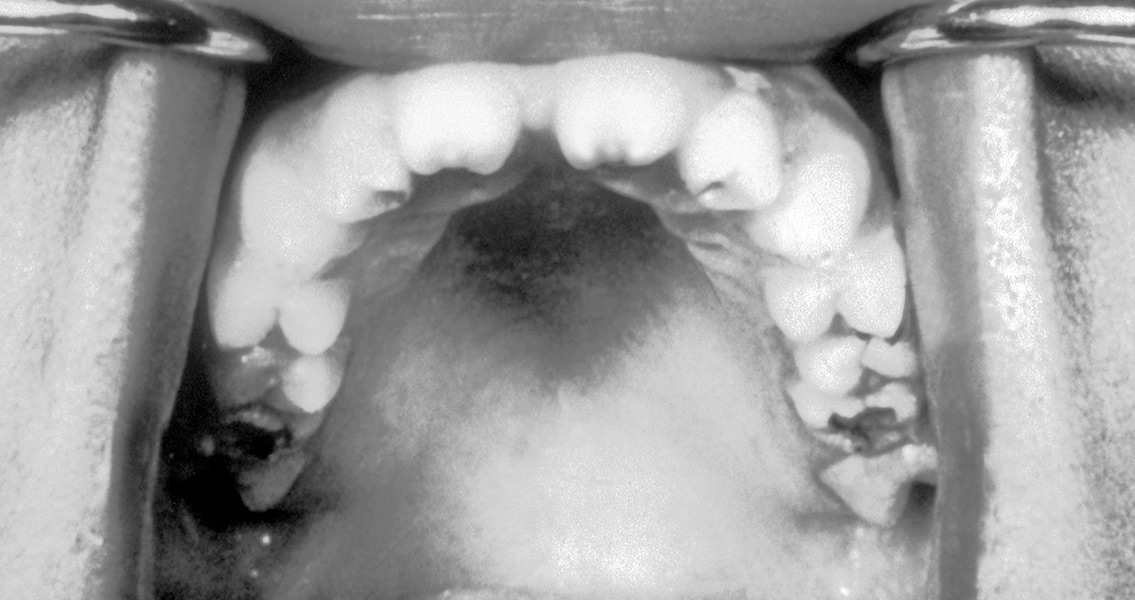<![CDATA[The spread of syphilis, one of the most virulent sexually transmitted infections of the European colonial and Renaissance periods, is no longer thought to have been a by-product of Christopher Columbus’ return from the New World, according to a recent research study. In fact, new evidence has emerged that there were cases of syphilis dating back as far as 1320 CE. Archaeological excavations of St. Pölten’s cathedral square in Austria by Medical University of Vienna’s Fabian Kanz and Karl Großschmidt have uncovered more than a few cases of congenital syphilis in the remains exhumed. The researchers, from the university’s Department of Forensic Medicine and the bone laboratory of the Center for Anatomy and Cell Biology, say in a recent press release that the structural and morphological evidence present in the remains clearly indicate that the prevailing theory – essentially blaming the native population of Hispaniola and the sexual proclivities of Columbus’ crew for the introduction of syphilis into Europe – has been thoroughly refuted. In the case of congenital syphilis, which is passed to unborn children from infected mothers, evidence of the disease was present in the teeth of the skeletal remains dating from the 1300’s. Kanz and Großschmidt remarked that these characteristic signs, which are referred to as “Hutchinson’s teeth”, include mulberry molars as well as teeth with converging edges and central notches. The method for examining the bones and teeth used by the university included a special process where thin sections were sliced from undecalcified bone and then studied with a specialized light microscope in order to look for the telltale markers of syphilis. The method for creating these incredibly thin bone slices is incredibly difficult, as only a few places around the world – including the university’s labs – are capable of producing these slices successfully. Now that Kanz and Großschmidt have published their discovery, their research will be subject to confirmation by additional biological study. A verification method known as proteomic analysis is likely to be used in order to do so. A method for examining proteomes through biochemical methods, proteomics is particularly well-suited for verification thanks to the rapid decay rate of syphilis DNA. As for the ultimate source of syphilis in European populations, this now becomes a mystery – and a brand-new question to be answered by scientists and epidemiologists. Excavations of St. Pölten’s cathedral square have yielded skeletal remains dating back as far as the 9th century CE. Approximately 9,000 skeletons have since been exhumed, making the archaeological site unique across Europe. Several research studies into these remains are currently underway. For more information: www.schweizerbart.de ]]>
Syphilis in Europe Predates Columbus’ Voyage
